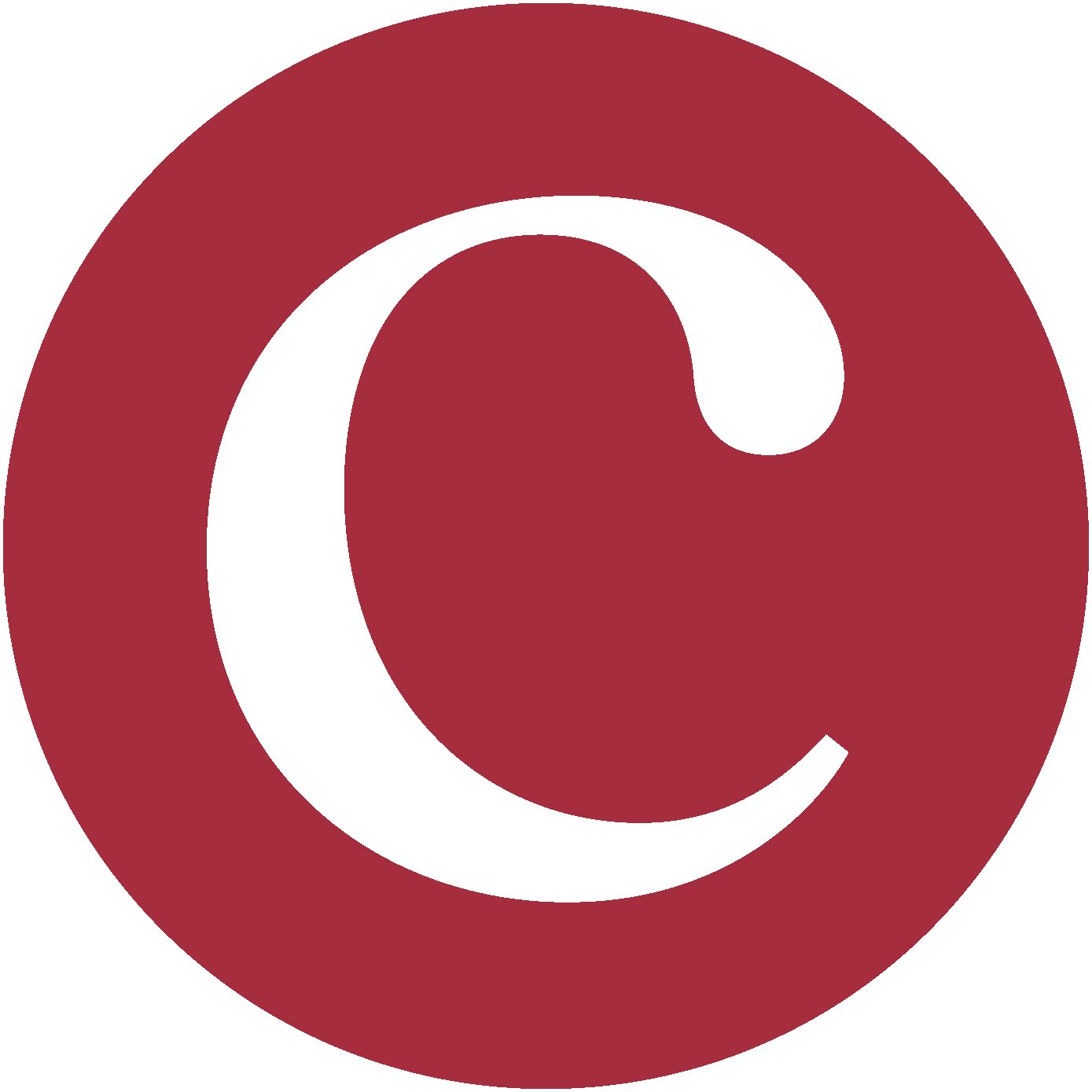Creating Inclusive Writing Spaces: A CRT-Based Approach for Tutors
Critical race theory (CRT) is an intellectual and legal framework that examines the ways in which race and racism intersect with laws, policies, and social structures in the United States. Emerging in the late 20th century from legal scholars such as Derrick Bell, Kimberlé Crenshaw, and Richard Delgado, CRT challenges the notion that racism is merely the product of individual prejudice or isolated acts of discrimination. Instead, it argues that racism is deeply embedded within legal systems, institutions, and societal norms, shaping disparities in areas such as education, housing, employment, and criminal justice. Despite its origins in legal scholarship, CRT has become a contentious issue in public discourse, particularly in debates over education. Critics often misrepresent CRT as a divisive ideology, arguing that it promotes racial division rather than unity. However, its core principles offer valuable insights into systemic injustice and the lived experiences of marginalized communities. These ideas are particularly relevant in education, where teachers and tutors play a critical role in shaping students' understanding of history, language, and power. Writing tutors, in particular, have the opportunity to incorporate Critical Race Theory into their pedagogy by encouraging critical engagement with texts, fostering inclusive writing practices, and validating students’ diverse linguistic and personal experiences.
One of the central ideas of CRT is the concept of systemic racism, which posits that racial inequality is not solely the result of individual bias but is reinforced by laws and policies that disproportionately disadvantage people of color. This perspective highlights historical and contemporary injustices, such as redlining, mass incarceration, and disparities in school funding, as evidence of institutional structures that perpetuate racial inequality. Another key idea is the notion of interest convergence, which suggests that significant racial progress tends to occur only when it aligns with the interests of the dominant group. For example, legal victories for civil rights have often come at moments when they also served broader political or economic goals rather than purely out of a commitment to racial justice.
CRT also emphasizes the importance of storytelling and lived experiences in understanding race and racism. Rather than relying solely on traditional legal reasoning and objective analysis, CRT scholars argue that the voices and narratives of marginalized communities provide crucial insights into how racism operates in daily life. By centering these perspectives, CRT seeks to challenge dominant narratives that often downplay or ignore the realities of racial injustice.
Despite its academic origins, CRT has become a highly contested and politicized topic, particularly in discussions about education. Critics argue that CRT promotes division by focusing too much on racial differences and historical injustices rather than fostering a sense of national unity. Many opponents claim that it teaches children to see themselves primarily through the lens of race, potentially fostering guilt or resentment. Some have gone further, alleging—often inaccurately—that CRT is being widely taught in K-12 schools, when in reality, it is primarily studied in law schools and higher education settings.
The backlash against CRT in schools is largely tied to broader cultural and political debates over how race and history should be taught in the United States. Many of the concerns about CRT have been fueled by misinformation and have become a rallying point in efforts to limit discussions of race, privilege, and systemic inequality in classrooms. In response, several states have passed laws restricting how educators can discuss racism and history, often using language that is vague and broad, leading to uncertainty and self-censorship among teachers.
At its core, CRT seeks to reveal and address deeply ingrained racial disparities that persist in American society. The pushback against it, however, reflects a larger discomfort with confronting these issues and a fear that such discussions challenge traditional narratives about American history and identity. The debate over CRT is not just about an academic theory but about the broader struggle over how society understands and addresses race, power, and justice.
Writing tutors working with high school students can incorporate ideas from Critical Race Theory (CRT) into their pedagogy by fostering a learning environment that acknowledges the role of race, power, and identity in writing and storytelling. Because CRT emphasizes the importance of lived experiences, systemic analysis, and challenging dominant narratives, writing tutors can apply these principles in ways that empower students to engage critically with language, literature, and their own perspectives.
One way tutors can integrate CRT into their teaching is by encouraging students to examine the role of race and power in texts they read and analyze. Rather than treating literature and historical documents as neutral or universally representative, tutors can guide students in asking critical questions about whose voices are included, whose are left out, and how race influences the narratives presented. For example, when helping a student write an analytical essay on a classic work of literature, a tutor might prompt them to consider how racial identity shapes the characters’ experiences and how historical context influences the themes of the text. This approach not only deepens critical thinking skills but also encourages students to recognize and question systemic inequalities.
Additionally, writing tutors can encourage students to draw from their own lived experiences in their writing, a principle in line with CRT’s focus on counter-storytelling. Counter-stories challenge dominant perspectives by centering the voices of those who have been historically marginalized. Tutors can create opportunities for students to write personal narratives or argumentative essays that reflect their own perspectives on race, identity, and justice. By validating these experiences as worthy of academic exploration, tutors help students see their writing as a means of agency and self-expression.
Another important pedagogical approach rooted in CRT is examining the ways language and writing are shaped by cultural power dynamics. Traditional academic writing often privileges certain linguistic norms while marginalizing others, reinforcing the idea that only one form of English—typically Standard American English—is acceptable in formal writing. Writing tutors can challenge this by acknowledging and valuing linguistic diversity, including African American Vernacular English (AAVE) and other dialects, as legitimate forms of communication. They can help students navigate the expectations of academic writing while also discussing how these norms are historically and socially constructed. This empowers students to critically engage with language rather than simply conform to rigid and often exclusionary standards.
Moreover, tutors can encourage students to explore research topics that address issues of systemic racism and social justice, guiding them to critically analyze sources, recognize biases, and develop well-supported arguments. When students engage with real-world issues that directly affect their communities, writing becomes a tool not just for academic success but for civic engagement and advocacy. By incorporating CRT into writing instruction, tutors do more than improve students' technical skills—they cultivate a deeper understanding of how writing interacts with power, identity, and justice.
Finally, tutors should also reflect on their own biases and positionality in the learning process. Just as CRT calls for a critical examination of systemic structures, educators and tutors must also assess how their own perspectives influence their feedback and interactions with students. Creating an inclusive space where students feel heard and valued requires an ongoing commitment to self-education, cultural humility, and responsiveness to students' diverse backgrounds.
Integrating CRT into writing instruction allows tutors to help students develop a deeper awareness of how race, power, and identity shape language and storytelling. By guiding students to critically analyze texts, reflect on their own lived experiences, and challenge dominant narratives, tutors create opportunities for meaningful engagement with writing as a tool for self-expression and social awareness. Emphasizing linguistic diversity and questioning rigid academic norms also empowers students to navigate and critique systems that have historically marginalized certain voices. As CRT continues to face opposition in educational settings, writing tutors can play a key role in fostering inclusive and critical learning environments that equip students with the analytical skills necessary to engage with complex social issues. Incorporating CRT into writing instruction strengthens students’ ability to think critically, advocate for themselves and others, and use writing as a means of challenging inequities and shaping a more just society.







